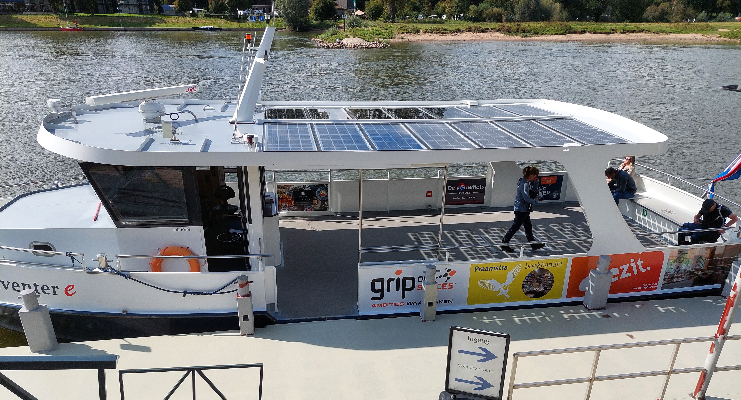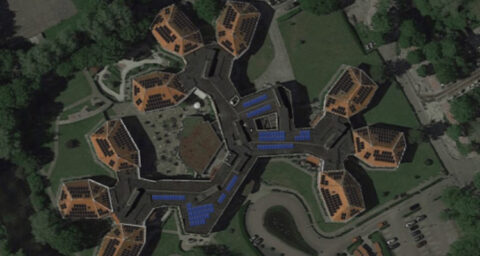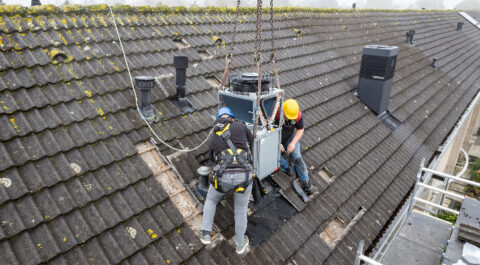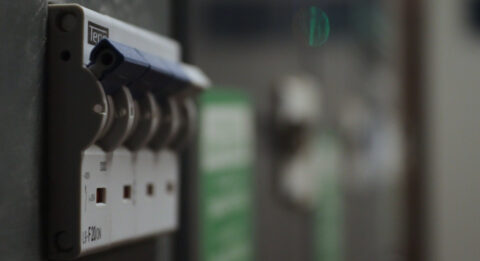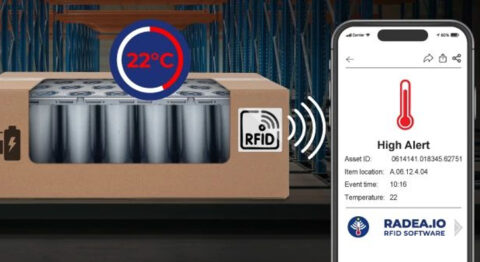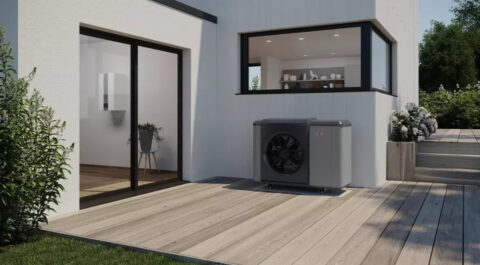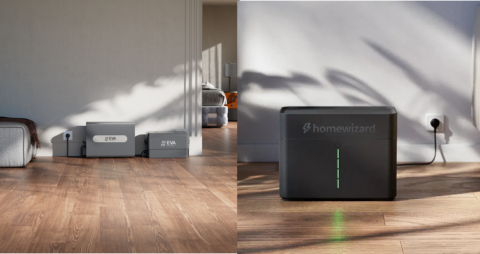The function of crystalline solar panels and thin film PV is the same: to convert sunlight into electricity. But other than that, there are major differences. That applies to composition, efficiency, cost and durability. The most interesting difference is in the applications. Yet, compared to the now traditional solar panels, thin film PV is still relatively unknown. High time for some more information about this solution.
What is thin film pv made of?
There are several types of thin film pv panels for sale. The most common are CIS or CIGS panels. They include copper, indium and selenium (CIS) and sometimes gallium (CIGS). The "ingredients" are applied in powder form to an ultra-thin layer of substrate. If that substrate layer is glass, the result is a panel suitable for mounting on a flat surface such as a roof or facade. A substrate layer made of a flexible plastic creates a product that is pliable and can follow curves.
What is the efficiency of thin film pv?
Thin film solar panels generally have lower efficiency compared to crystalline panels. This means you may need more surface area to produce the same amount of energy.
But laboratory-scale developments are moving fast. It is important to realize that solar panel efficiency is not the same as yield. For thin film PV, the efficiency per square meter (roof) area is lower than for crystalline PV; however, the yield per Wp is higher.
What positive properties does thin film PV have?
Compared to crystalline panels, thin film offers several advantages. Such as a smooth, black surface and low thickness. The smooth surface also acts as a dirt repellent. In addition, it works at very low light irradiation, making it suitable for vertical applications.
Furthermore, it is pliable and can therefore be applied to curved surfaces. Due to its low weight, no structural modifications to buildings are required. Due to its favorable temperature coefficient, thin film PV has a good yield even at higher temperatures. Shading has less influence on the performance of the panel; only the shaded area does not produce electricity with thin film PV.
Furthermore, it offers a higher yield in kWh per Wp and has a lower purchase price than crystalline panels.
Where can thin film pv be applied?
Flexible and lightweight properties make thin film PV a unique product. Thus, very different applications are possible than with the rigid and heavy traditional panels. Thin film PV can be applied to, for example, facades, street furniture, (bicycle) paths and noise barriers, but also to mobile works of art or vehicles. The Dutch company Lightyear has already made several prototypes with solar cells integrated into the roof and on the hood. Who knows, maybe in the future we will all be driving such solar cars.
NASA is testing the possibility of flying small spacecraft using solar power generated by thin film pv.
Is thin film pv sustainable?
Yes, and certainly compared to crystalline solar panels. Less material is needed, the manufacturing process is shorter and costs less energy. Moreover, thin film PV is much more recyclable. Certain raw materials are already well recoverable, and that is expected to increase significantly based on studies and experience.
If you explain sustainable as "long lasting," it's a different story. In fact, the lifespan of thin film PV does tend to be shorter than that of crystalline 'traditional' solar panels. But research into that too is ongoing, the aim is of course to extend the lifespan.
What should you pay attention to when installing thin film pv?
Important when installing thin film pv - depending on the type - is to ground the panels. With single insulated thin film pv, grounding is actually a must, with double insulation it is not necessarily necessary. It is also important to pay attention to the voltage range and voltage when connecting the thin film panels to the inverters. Most inverters are compatible with thin film pv, but with thin film the voltage may be a bit higher than with crystalline. Also, always follow the manufacturer's manual and applicable installation standards and regulations when installing.
What about temperature and light?
Thin film pv is not very sensitive to temperature differences. So it does not matter much whether the ambient temperature is high or low; the performance is just as good. Nor is the degree of light important; the output of the panels is good even when the sun is not shining, thanks to the thin filter. If there is daylight outside, but it is cloudy (which is relatively often the case in the Netherlands) we speak of diffuse light. That diffuse light is converted into energy just as well as when the sun shines brightly. Thin film pv is therefore also very suitable for fixing on a north-facing roof section.
Does thin film pv require maintenance?
Maintenance on solar panels is not really necessary. This is true of traditional panels, as well as thin film pv panels. Thin film, because it is flatter, is even less susceptible to dust and dirt. And because thin film pv has no frame, dust washes off easily. This is in contrast to thick panels. There, against the edge of the frame, there can still be an accumulation of dirt, or moss growth.
Thin film pv panels do suffer more from environmental influences, but maintenance does not otherwise play a role in this.
Can you see through thin film pv?
Thin film PV comes in different types. There are two types that you can more or less see through, and thus have their own applications.
Semi-transparent thin film pv allows light to partially pass through while also acting as sun protection. These panels are widely used on canopies and verandas. The roof of the ferry across the IJssel near Deventer (photo) is also equipped with them. The roof provides the electricity needed to sail back and forth, and the passengers are comfortably in the shade when the sun shines, or dry when it rains.
Transparent thin film pv is really completely transparent and therefore ideal to apply to a conservatory, balcony or glass front, for example.

